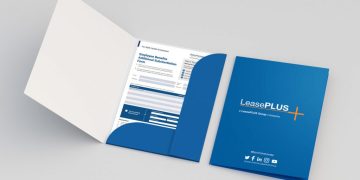Atactic Polypropylene Membrane is a durable, efficient, and special waterproofing fabric used in the construction of concrete roofs, basement walls, and concrete gutters. This membrane comes in a set of rolls that are not affected by temperature changes, either hot or cold; they are still and efficient wherever used. waterproofing membranes have got an enhanced performance that is resistant to ultraviolet lights. Below are the types, features, and factors of constructing using an Atactic polypropylene membrane;
Types of waterproofing Membrane.
Waterproofing membranes are of two types. Polymer-modified bitumen membrane and self-adhesive modified membranes.
Polymer-modified bitumen membranes
It is the most famous waterproofing material. The material has a polymer flick on its top and bottom which makes it resistant to hot atmospheric conditions. It is also resistant to moisture diffusion on pitched roofs.
Self-adhesive modified membrane
This app membrane is made of asphalt, polymers, and tackifiers which are strengthened by polyester and fiberglass. The self-adhesive coating is protected by a film that should be removed during its installation for efficient functioning.
Features of Waterproofing Membrane
They are more stable to use during hot temperatures and more flexible during cold temperatures
They have high tensile meaning that they cannot break easily.
There are zero chances of leaking after installation.
They are durable and resistant to any climatic changes
They have isotropic properties which are materials that can’t use their quality no matter what change of direction.
APP Membrane provides an extraordinary adhesion.
Factors considering waterproofing membrane installation
Waterproof membrane application is a delicate procedure that needs one to be careful and knowledgeable about what they are doing for better results.
Below are factors to be considered while applying a waterproof membrane
-Resistance – coating materials should be resistant enough to all kinds of changes to prevent the movement of buildings which might cause wall cracks and ruptures.
-Thickness – abrasive damages are caused by thin coatings and splitting is caused by thick coatings. Enough care should be taken to provide the required thickness to prevent future damage.
-In the case of low viscosity, three-layer coatings are necessary to achieve the required wet film thickness.
-DFT should be considered in the application of coatings. Actual DFT coating is free from stretching.
-Warranty – you stand a chance to look for a membrane that will last long enough. These membranes have a warranty of more than 20 years.
-Flexibility – waterproofing materials should be flexible. They should be prone to harm and direct climatic changes.
-Seamless membranes are suitable and should be considered because they are free from leakages.
Disadvantages of App membranes.
Waterproofing membranes have many advantages, but there are also cons regarding the membrane as included below.
It is not suitable for rooftops
It doesn’t work nicely with all textures
Where membranes are used there system a drainage system, if not standing water wears down the material.
Conclusion
It is important to guarantee that surfaces, where waterproofing membranes should be installed are clean and free from oil and chemicals. Membranes should be pressed firmly together and should not be shifted from one place to another. Angles, abutments, and children are given special care while being sealed.
Bitumen is the best-known manufacturer of waterproofing membranes. It is a safe and long-lasting material suitable for large and strong buildings. You are recommended to consider a Bitumen waterproofing membrane for your construction.












